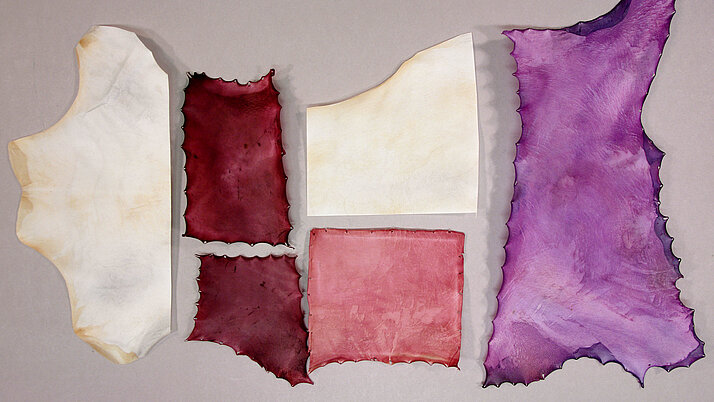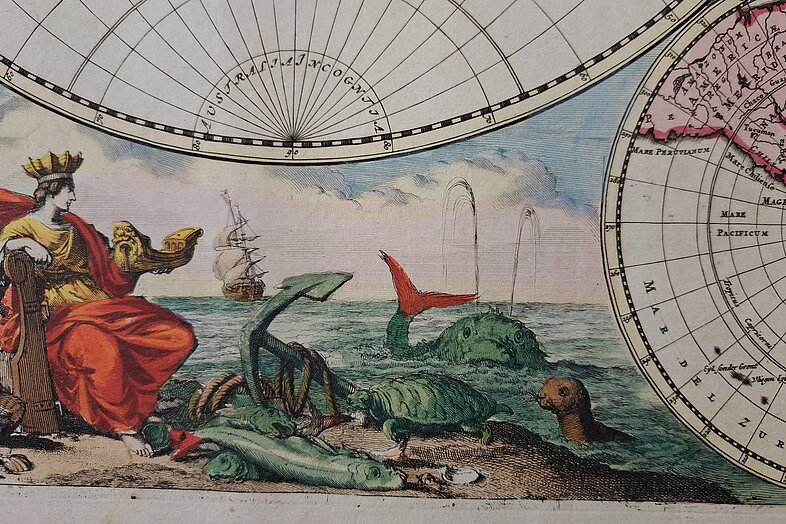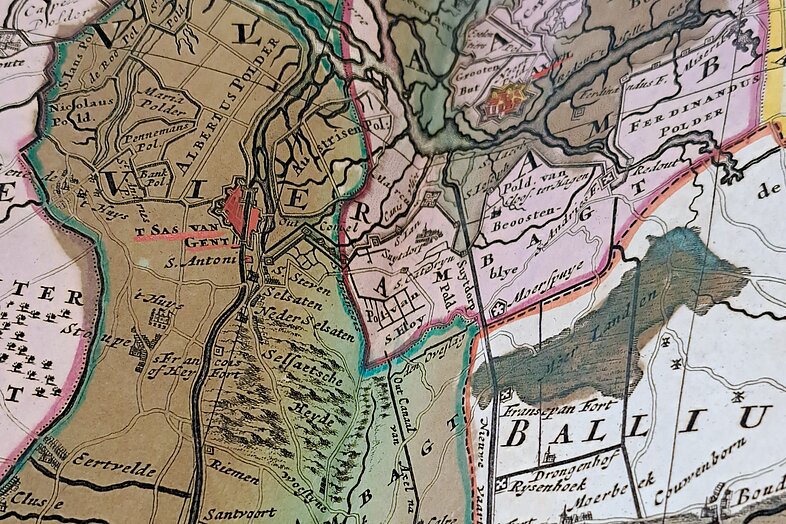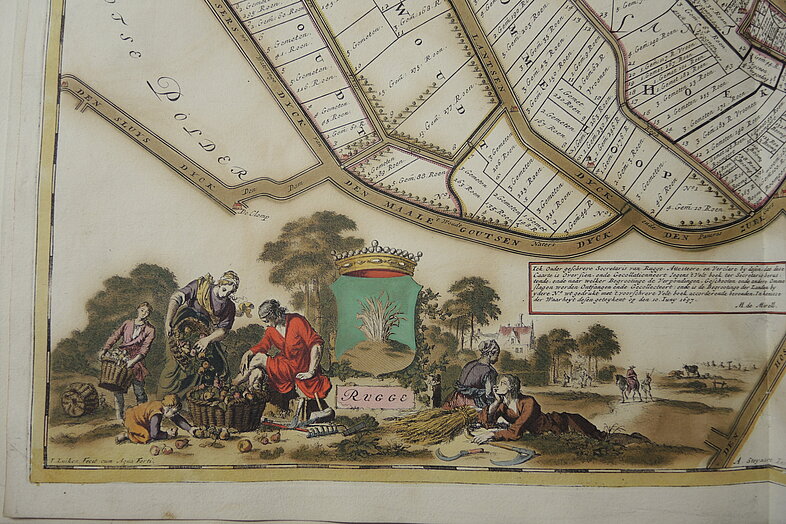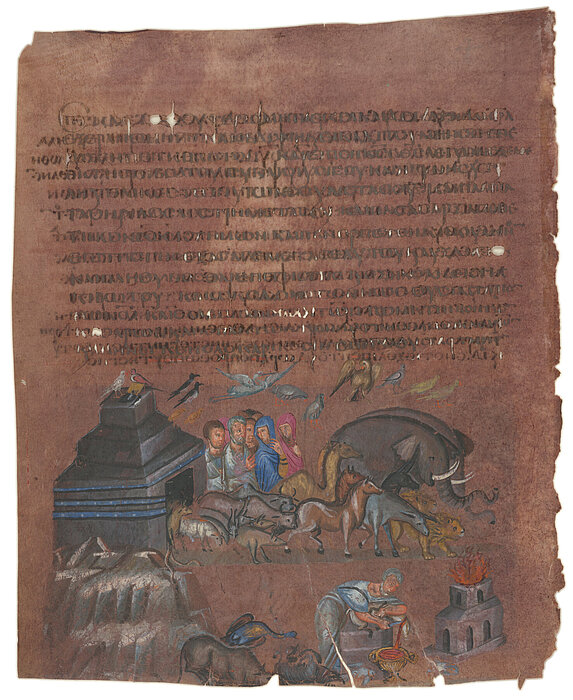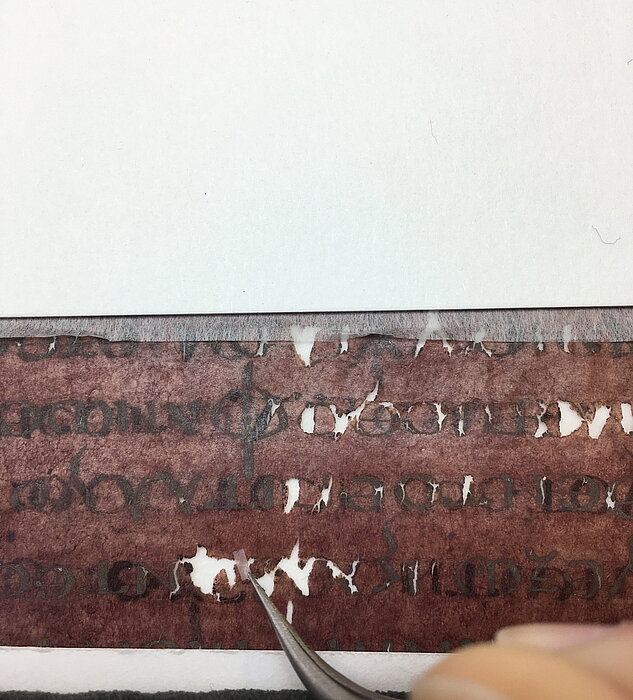Due to an event, the State Hall will be closed on Thursday, September 4, from 6 p.m.
Due to an event, the State Hall will be closed on Sunday, September 7, from 5 p.m.
Due to an event, the State Hall will be closed on Monday, September 8, from 2 p.m.
On Thursday 11, 2025, the State Hall will not open until 10 a.m. due to an event.
Research at the Institute for Conservation
In order to find the best conservation and storage methods, we carry out research projects on an ongoing basis together with partners. By analysing materials, we want to know why certain pigments or inks cause damage as they age. Examining paper, parchment, writing ink and painting materials helps us understand how artists worked in the past. We can determine the time a work dates back to and if all the parts are original.
Together with our partners, we test conservation methods and examine their effects on cellulose and parchment. We accelerate the ageing of samples: at high temperatures and air humidity or exposed to light. Everything we do should stand the test of time: the materials we use should continue to be stable in 100 years!
Green copper pigments on paper
Verdigris, a widely used green pigment on paper that contains copper, can turn brown as time passes. This results, for instance, in green meadows depicted losing their original colour. In addition to this, paper and parchment degrade and become brittle due to the copper ions.
Together with the Department of Chemistry at the University of Natural Resources and Life Sciences, we tested and examined various methods to stabilise verdigris pigments: mechanically with Japan paper and adhesives, and chemically with complexing agents and antioxidants.
Using a copper complexing agent, the harmful effects of copper ions can be halted. We can stabilise paper made extremely brittle by verdigris using wafer-thin Japan papers with an adhesive layer, which we activate with a little moisture. We applied the findings of the project to the conservation of books of the Austrian National Library.
The Vienna Genesis ...
... an illuminated manuscript in silver ink on purple parchment from the 6th century.
In a three-year research project funded by the FWF (2016-2019) with international participation, the materials and the production of the Viennese Genesis were examined. 48 folios were preserved and reassembled. The challenge was to stabilize the fragile silver ink and the many flaws caused by the corrosion of the ink and copper-containing pigments.
The results of the project are published in a book with open access.

